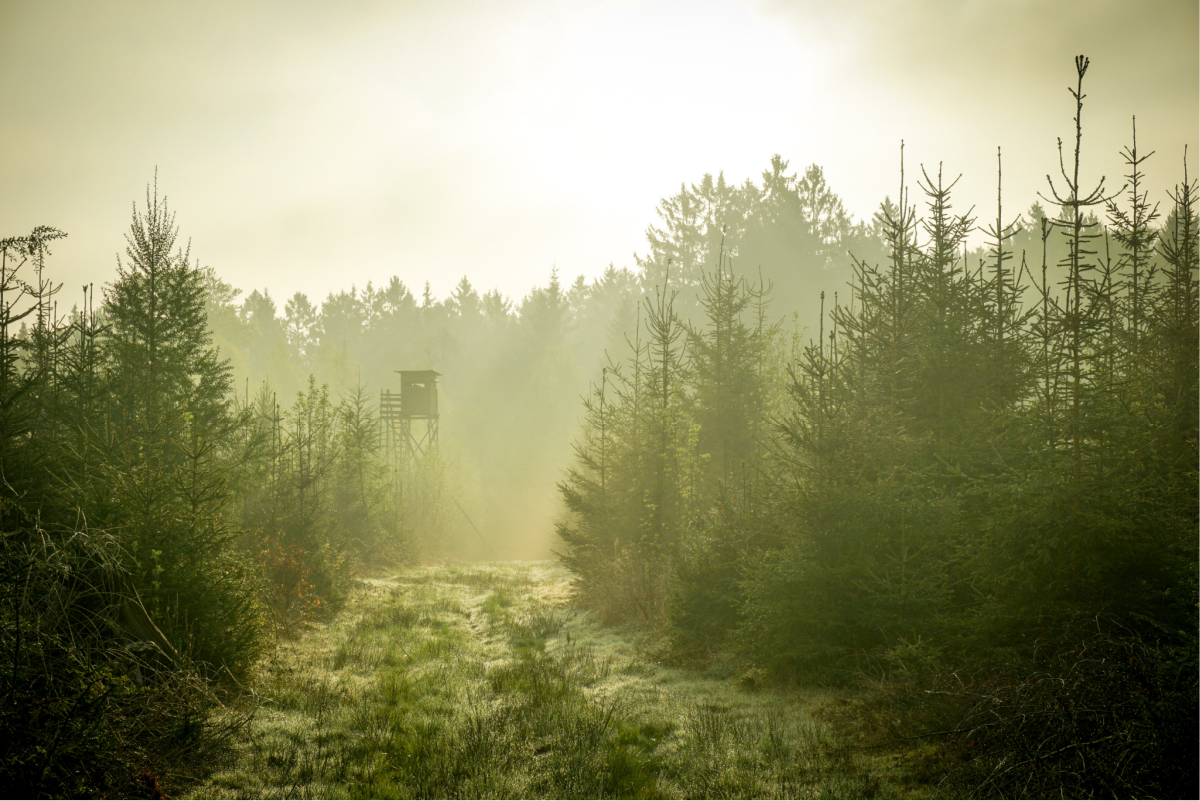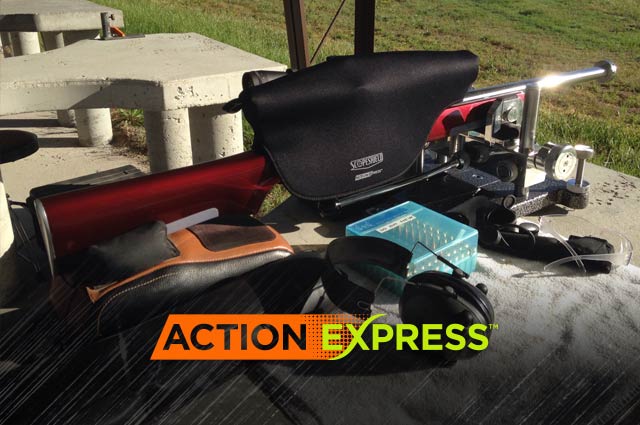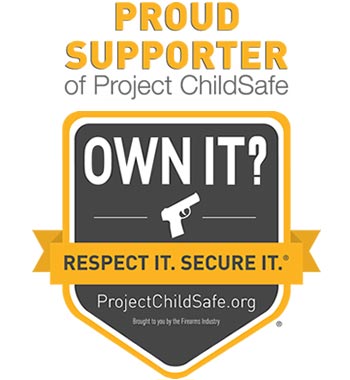Trail cams are great. But choosing the best one for your situation isn’t always easy. In this blog, we break down features worth considering when you’re in the market for the best trail cam. From nighttime capture range to ruggedness, use our guide to make the best purchase for your needs.
Choosing Your Power Source: Solar, AA Batteries, or Hybrid
When you’re planning to set up a new trail cam, think about the power supply that’s most convenient for you. Many trail cams use AA batteries or a rechargeable lithium battery. Others can operate with an external power jack via a 12V battery. On the other end of the spectrum, there are now solar-powered options. Some solar-powered options also allow you to use AA batteries to charge up on cloudy days.
Nighttime Capture Range
The capture range refers to the maximum distance the trail cam can take a clear picture. It varies based on lighting, and you can expect capture range to decrease when it’s dark out. However, thanks to infrared LED flashes, nocturnal pictures can come out crisp, even from a distance.
Low Glow vs. No Glow LEDs
When it comes to taking pictures or recording videos at night, you’ll likely pick between low glow and no glow LEDs. Low glow LEDs give off a red glow when triggered, which can sometimes spook wildlife. Alternatively, No Glow LEDs operate with a higher wavelength making them nearly invisible. For both of these options, you can expect a capture range upwards of 80ft.
Image Quality for Stills and Movies
Whether you want to capture still images or video, resolution matters. Even if your camera can sense movement 110ft away, if the image isn’t clear, then what’s the point? Trail cams come with a variety of different resolutions, so make sure to do your research.
Still Images
Let’s talk about megapixels. If you want the best trail cam on the market, you want to look for cameras that range from 12 megapixels to 30. 12 megapixels are considered modest but still usable. As you climb up to higher megapixels, you’ll generally start to see clearer images. However, megapixels aren’t the only factor that play into crisp images. Check out the camera’s sensor size and type for a better grasp of image quality.
Shooting Video
When it comes to shooting video, the options are usually (in increasing quality) 720P, HD, Full HD, and 4K. Trail cams vary in the time they record, but they often fall between several seconds and a minute or two. In terms of footage quality, it’s also worth noting the frames per second, generally peaking around 60ftps.
Responsiveness
You aren’t going to be standing behind your trail cam snapping pictures. Instead, you need your cam to know when to take pictures and to take them quickly.
Motion Detector
How far away can your camera detect movement? This is what motion detection is all about. Cameras on the market today can register movement in the ballpark of 100ft. Depending on your goals, make sure your camera has a sizable detection range.
Trigger Response
Once the camera sensor picks up movement, the trigger response comes into play. Trigger response is about how quickly the camera can snap a pic or start filming once motion is detected. For some of the top cams, the response rate lies between 0.07 seconds to 0.5 seconds.
How Tough is Your Cam?
When it comes to the best trail cam, you want to set it up and forget it. This means weatherproof housing is a must. Many cameras have durable cases that help them withstand extreme temperatures, ranging from 20 Celsius to 60 Celsius.
Looks Matter Too
Beyond your camera’s durability, looks matter. When scoping out your trail cam, look for a cam that will blend well into its future environment. Housing colors range from dark grey to camouflage and can come in many different designs and sizes. Think about where you want to set up your camera and find something that works with that scenery.
Picking The Best Trail Cam for Your Money
As technology keeps moving forward, so do trail cams. Today, you’ll find cameras that have wifi streaming options and cellular capabilities for remote viewing. Keep your eyes peeled for updates and new releases to find the best trail cam for your money.
Improve Your Shooting with a ScopeShield
If you want to level up your shooting (beyond a new trail cam), check out our protective scope shield coverings. They come in a variety of colors, sizes, and shapes to protect your scope wherever the hunt takes you.





